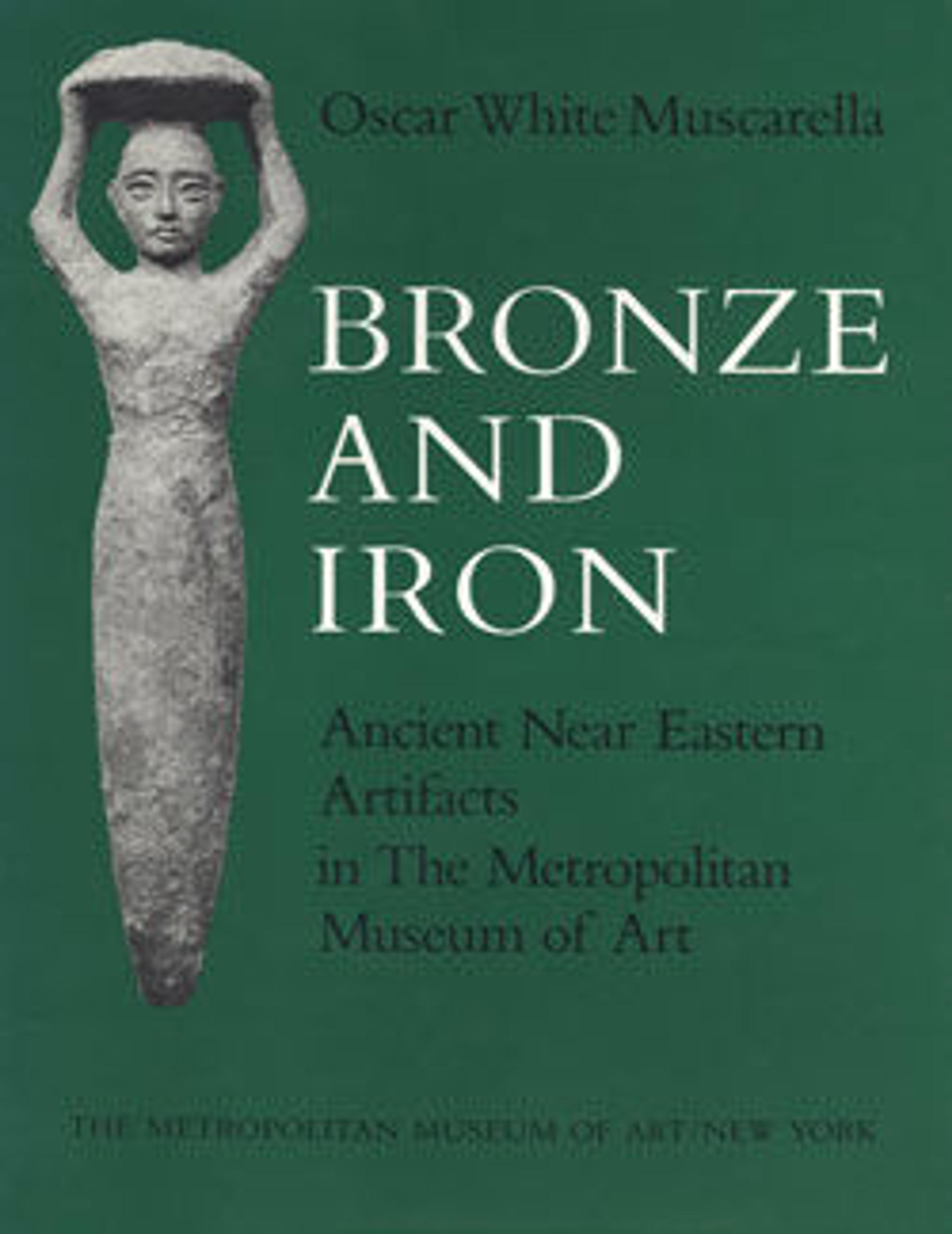Quiver plaque with animals and mythological scenes
Artwork Details
- Title:Quiver plaque with animals and mythological scenes
- Period:Iron Age III
- Date:ca. 8th–7th century BCE
- Geography:Iran, probably from Luristan
- Medium:Bronze
- Dimensions:21 1/8 in. × 5 15/16 in. × 1 in. (53.6 × 15.1 × 2.6 cm)
- Credit Line:Rogers Fund, 1941
- Object Number:41.156
- Curatorial Department: Ancient West Asian Art
Audio
- Quiver plaque with animals and mythological
scenes
0:00
0:00
We're sorry, the transcript for this audio track is not available at this time. Please email info@metmuseum.org to request a transcript for this track.
More Artwork
Research Resources
The Met provides unparalleled resources for research and welcomes an international community of students and scholars. The Met's Open Access API is where creators and researchers can connect to the The Met collection. Open Access data and public domain images are available for unrestricted commercial and noncommercial use without permission or fee.
To request images under copyright and other restrictions, please use this Image Request form.
Feedback
We continue to research and examine historical and cultural context for objects in The Met collection. If you have comments or questions about this object record, please contact us using the form below. The Museum looks forward to receiving your comments.
